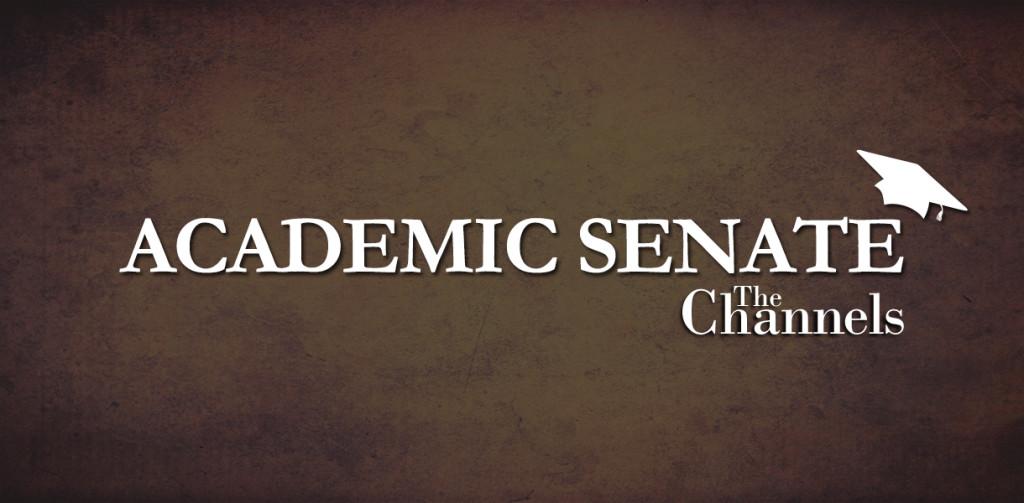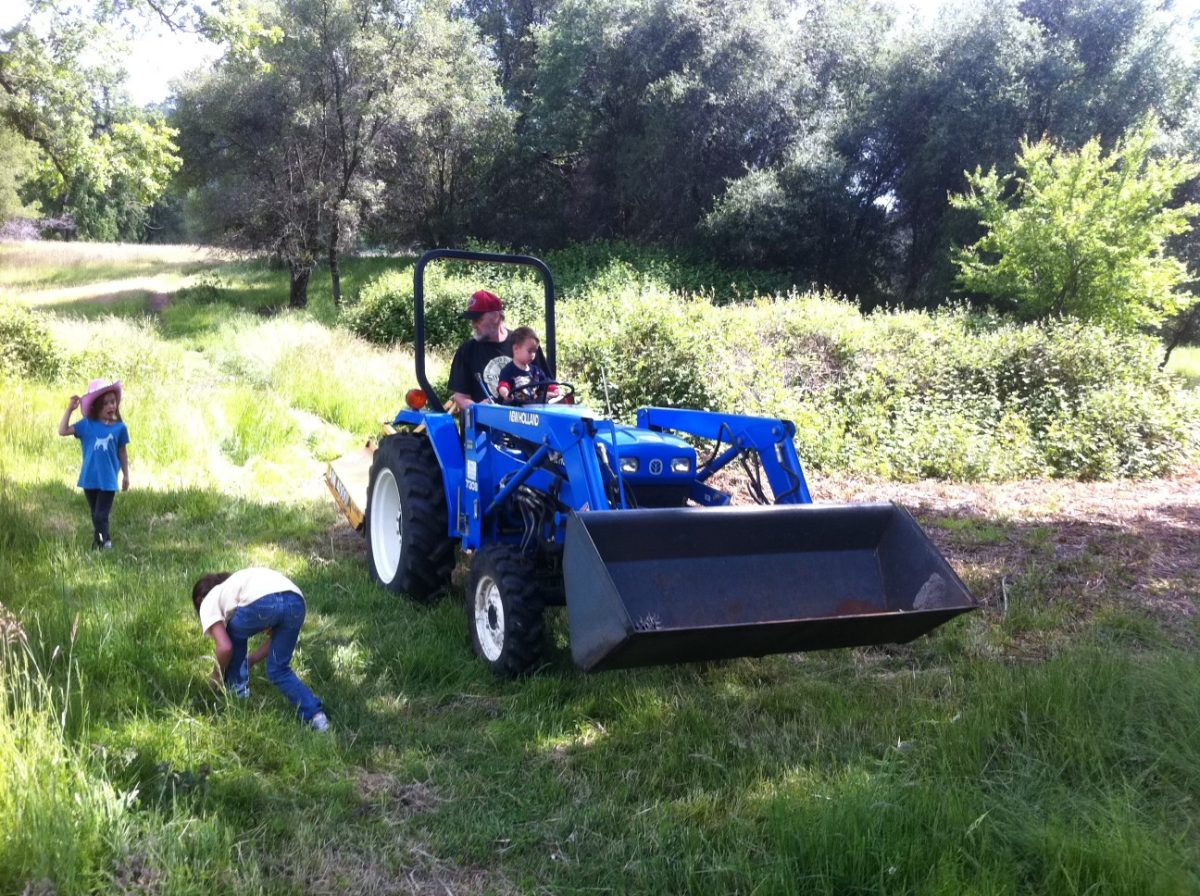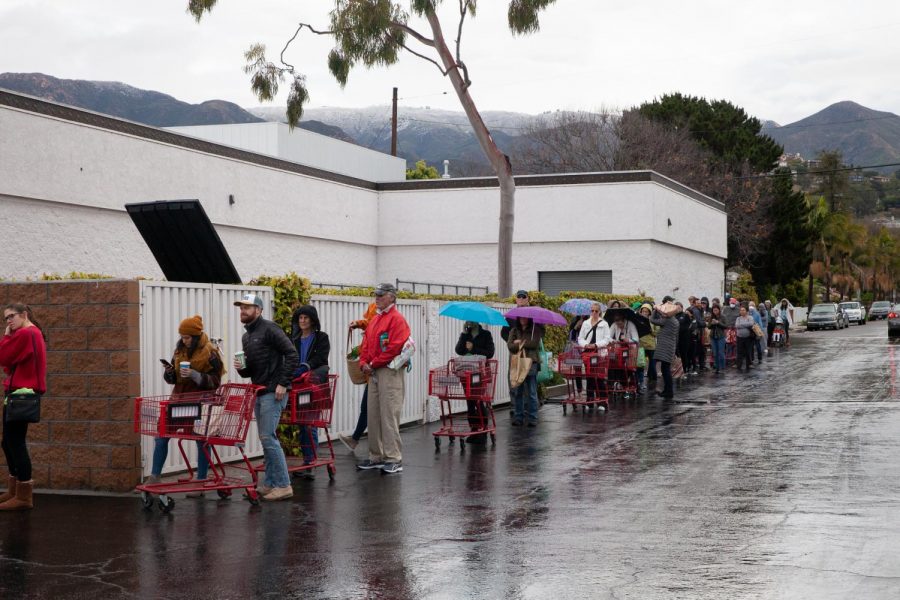Every semester, students muster up the courage to divulge into a new set of coursework, textbook receipts, and unreasonable amounts of coffee. All sharing the same hope that maybe, somehow, they will manage to come one step closer to shutting the books and checking out for the last time.
The only issue is the money needed to attend school and pay outside expenses, such as rent and food, requires most to work. But to work means to take time from school. With the two contradicting so blatantly, it is impractical to expect both from students.
It is no longer just the flopping of college budgets, the cutting of classes, the loss of great professors, or the cost of tuition. It is now the unreasonable expectation for students to manage college expenses and education simultaneously.
According to an article published by the Huffington Post, the cost to attend college has increased 1,120 percent in the last 30 years and is steadily climbing. Even though wages have also increased over the last three decades, they are not rising fast enough.
How are students paying their way through school? The same way that their parents pay house payments: work, work and more work.
When you work you’re losing the opportunity to be in school, and when you’re at school you lose the opportunity to gain income. Most, like myself, decide that school is the better of the two options.
“If there were just a little more money around,” I often think to myself. “Then I would be able to get by and stay in school.”
The American Association of Community Colleges released a study documenting the relationship between employment and students attending community colleges. From the study, we can conclude that of the 16,184 students enrolled full-time at City College in the year 2012, 12,947 students were likely employed too.
Students are left juggling work and school at the same time, and sometimes it doesn’t turn out so well.
The sad reality is that students end up building a mountain of debt to meet an educational standard with student loans, and then enter a workforce that has been riding a double-dip recession for some time.
We are being asked to contribute our time and money into a system that may or may not work for us.
Our whole lives we have been expected to go to college, get a good degree, graduate, and find a high paying job. But where is the work and funds enabling students to reach their eventual goals of obtaining a degree?
We were sent to school to build a better path for tomorrow. Unfortunately, the path for tomorrow is dim, and students are still trying to figure out how to turn the lights on.










